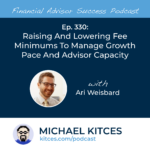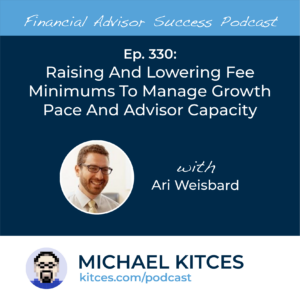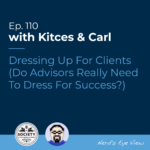Enjoy the current installment of "Weekend Reading For Financial Planners" — this week’s edition kicks off with the news that following previous guidance regarding obligations under Regulation Best Interest (Reg BI) regarding account recommendations and conflicts of interest, the SEC released a new bulletin this week focusing on the duty to care. The guidance highlights the importance of brokers considering investment alternatives for their customers as well as taking costs into account when making recommendations that are in their best interests, and the need to do so proactively rather than as a 'box-checking' exercise after making a recommendation — a message from the regulator that could be significant for fiduciary investment advisers as well.
Also in industry news this week:
- A U.S. House of Representatives committee this week approved legislation that would expand the pool of individuals who would qualify as accredited investors able to access certain private offerings
- Proposed bipartisan legislation would allow individuals to use funds in 529 plans for expenses associated with acquiring or maintaining postsecondary credentials, which would include the CFP certification
From there, we have several articles on advisor marketing:
- How advisors can use Google reviews to maximize their search engine optimization and increase their visibility online
- The key features to include on an advisory firm's website to demonstrate 'social proof' to prospective clients
- How advisors can use ChatGPT to spend less time on content marketing
We also have a number of articles on retirement planning:
- Statistics on where American retirees currently stand, from their average net worth to how they spend each hour of the day
- Why 1 FIRE pioneer who retired in his 30s is planning to return to the workforce
- How many business owners report that they never plan to retire, and the planning opportunities for advisors working with these clients
We wrap up with 3 final articles, all about achieving goals:
- Why 'showing up' is often the most important part of achieving a goal
- 5 key factors that can increase the chances that a goal will be completed
- Why giving up on a goal can sometimes be a good choice, and how to objectively make the decision to do so
Enjoy the 'light' reading!








